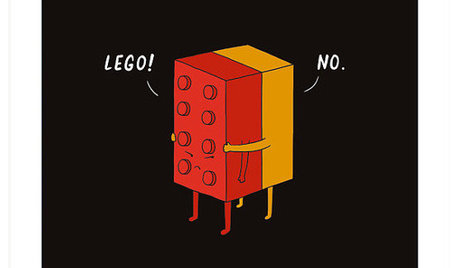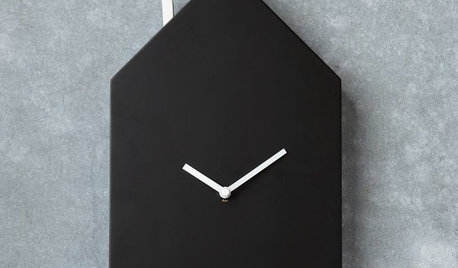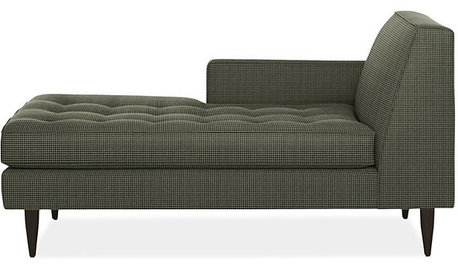This article is similar to one I read in the Nutrition Action Healthletter - March edition. Unfortunately, the longer (and better) article has no link to it but this covers most of what was in the other article. This might make you think twice about buying the largest size of anything. Could give you larger clothes too. Brian Wansink has a lot of info if you do a search for his name. Kathy
-----------------------------------------------------------
PSYCHOLOGY OF OVEREATING PROBED
By Joyce Howard Price
THE WASHINGTON TIMES
-----------------------------------------------------------
Philadelphia moviegoers given large buckets of stale popcorn described as
tasting "terrible" ate 31 percent more than those who received medium buckets of
the same unpleasant snack, according to a study.
The study is part of a wealth of research conducted by investigators at the
University of Illinois at Urbana-Champaign, which has shown that large portions
or packages, proximity to food, short and wide glasses, taste expectations and
descriptive names for dishes are all factors in making people eat and drink
more.
The research, led by professor Brian Wansink, also determined that consumers
are unaware that those factors contribute to the amount they eat and drink.
The people in the Philadelphia audience who munched on the old popcorn
weren't the only ones who proved that larger portions make people eat more.
On his Web site (www.foodpsychology.com), Mr. Wansink describes a study of
161 Chicago moviegoers who were given coupons for free popcorn and a soft drink
when they purchased their tickets. They were randomly given either a large or
medium container of popcorn.
Mr. Wansink could not be reached for comment, but he has an extensive
interview about his research in the current issue of Nutrition Action, a
newsletter published by the Center for Science in the Public Interest.
Asked if larger portions make people eat more, Mr. Wansink told CSPI, "Yes
... we found out [through the Chicago moviegoers study] that the people who were
given big buckets ate roughly 50 percent more than the people who were given
smaller buckets."
An abstract of the study on his Web site says moviegoers who rated the
popcorn as "tasting relatively unfavorably ate 61 percent more popcorn if
randomly given a large container than a smaller one."
In a telephone interview yesterday, Jill North, a graduate student at the
university who has assisted Mr. Wansink in his research, discussed another study
involving secretaries and their candy consumption.
University secretaries were asked to put a dish of chocolate either on their
desk or about six feet away from their desk. Each dish had 30 candies, some
bowls were clear, while other bowls were opaque.
Each night for four weeks, researchers secretly counted how many chocolates
each secretary ate that day and then refilled the bowl with 30 candies.
"The most significant drop [in the number of candies eaten] occurred if the
candy was away from a secretary's desk," Miss North said.
Mr. Wansink said about nine chocolates a day were eaten if the candy bowl
was clear and it was kept on the desk. Consumption dropped to 6 chocolates
daily if the candy was in an opaque container.
But if the bowl was six feet away, consumption averaged four chocolates per
day.
Mr. Wansink noted that the five extra pieces of candy eaten daily by some
secretaries translates into 125 more calories per day.
Containers also play a part in drink consumption, according to Mr. Wansink.
He cited a study of children attending summer health-and-fitness camps. The
study found that those who drank from short, wide 22-ounce tumblers thought they
were drinking less than counterparts served in tall, skinny 22-ounce glasses.
"In reality, they poured 77 percent more into the short, wide glasses  11½
ounces instead of 6½ ounces," Mr. Wansink told Nutrition Action.
Other studies, Mr. Wansink said, found that if people expect something to
taste good, it probably will, and that consumers are more likely to believe a
dish with a fancy name tastes better than the same dish with a nondescript name.
Miss North said the research is important because it provides visual and
other cues that can influence how much a person eats.
"We know what's healthy, so why do people eat foods that aren't? These are
some of the factors, and people need to be a little more aware" of the effects
these factors have, she said.













quiltingbunny
CandyWA
Related Discussions
Where can you purchase large size trees?
Q
Is there a large difference in time to flower from size to size?
Q
What size pull did you buy for your custom dishwasher panel?
Q
Poster Size and Larger Photo Enlargement?
Q
kathy_Original Author